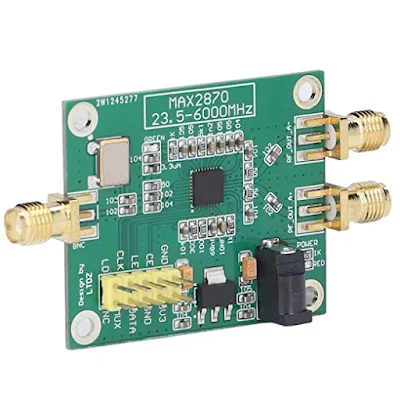OK , so I've finished building my new 17-12 Dual Band SSB Transceiver. I am now testing it out on both bands. A big question I have is this: how good is my receiver? Did I get the gain distribution right? Is it generating too much noise? Are any of the stages too vulnerable to distortion in the presence of large signals?
These kinds of questions are at the heart of receiver design. Many of us have for years just thrown together amplifiers oscillators and mixers, and have been pleased if we could copy signals on the ham bands. But could we have been doing it better?
This is a very complicated issue, and unfortunately much of the literature is plagued by jargon and unnecessary complexity. Rarely do we find something that goes from the general to the specific and explains what it is we are trying to achieve: We want the receiver to be sensitive, but we don't want it to be so sensitive that it distorts with strong signals. It will make some noise, but we don't want the receiver's internal noise to be stronger than the noise coming in from the antenna. The "front end" stages are very important because any flaws there will be amplified by the follow-on stages and will "cascade" down through the receiver. Bandwidth is very important.
This morning I found (again!) a document that defines terms in a very clear way. Be sure to check out the footnotes mentioning Dave Newkirk and Wes Hayward! FB! Here it is:











